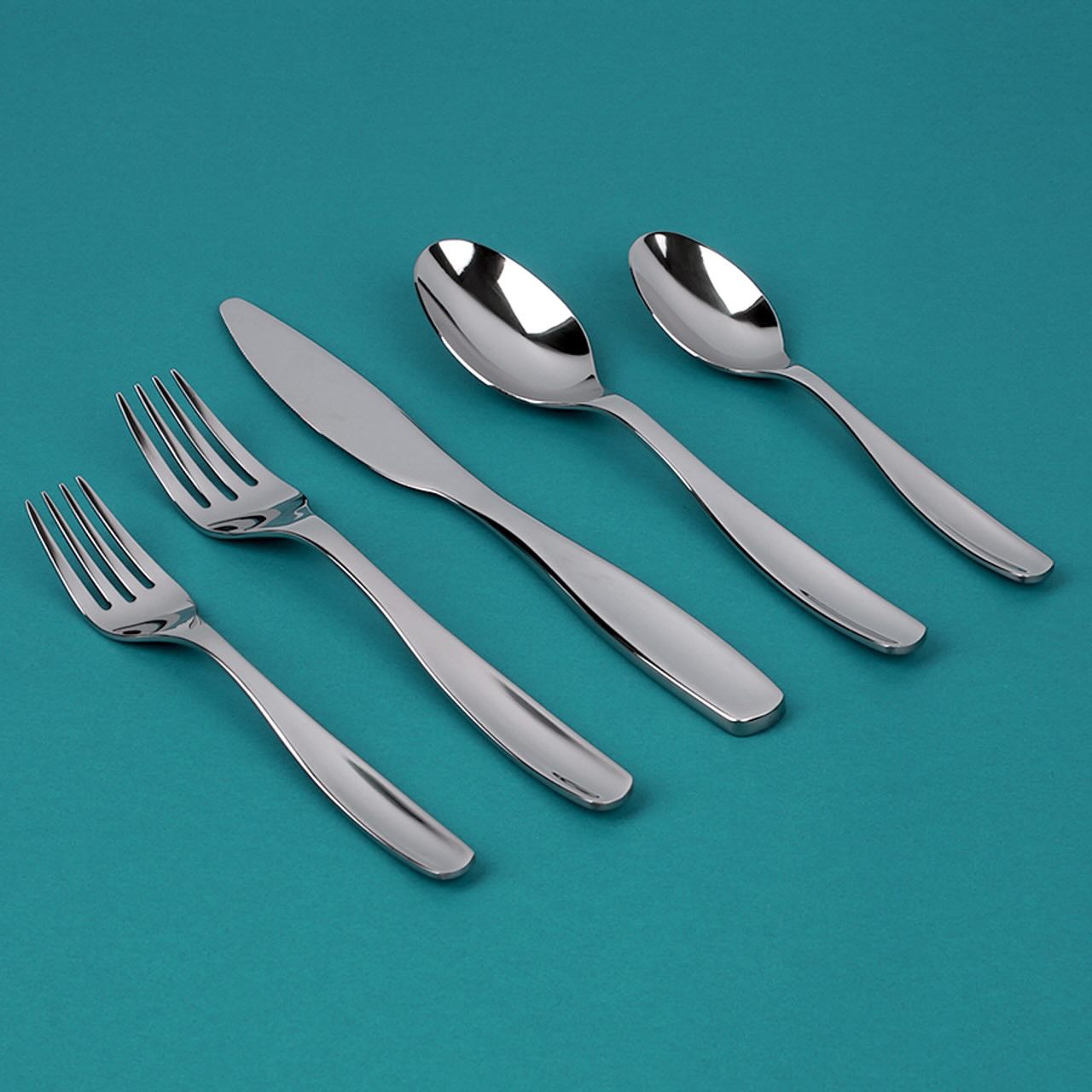Home>Furniture & Design>Interior Design Trends>What Condition Is Required For A Single Magnifying Glass To Magnify An Object?


Interior Design Trends
What Condition Is Required For A Single Magnifying Glass To Magnify An Object?
Published: February 4, 2024
Discover the latest interior design trends and find out what condition is required for a single magnifying glass to magnify an object. Stay ahead with the latest trends!
(Many of the links in this article redirect to a specific reviewed product. Your purchase of these products through affiliate links helps to generate commission for Storables.com, at no extra cost. Learn more)
Introduction
Magnifying glasses have been a fascinating tool for centuries, allowing us to explore the intricate details of the world around us. Whether used for examining tiny insects, deciphering fine print, or delving into the world of miniature art, the ability of a single magnifying glass to reveal hidden intricacies is truly remarkable. But what conditions are necessary for a single magnifying glass to effectively magnify an object?
In this article, we will delve into the fundamental principles behind magnification, exploring the role of focal length, the importance of lens quality, and the various factors that influence the magnification process. By gaining a deeper understanding of these key elements, we can unravel the mystery of how a simple magnifying glass can transform our perception of the world.
Join us on a journey through the science of magnification as we uncover the secrets behind this remarkable optical phenomenon. Let's embark on an exploration of the intricate interplay between light, lenses, and the fascinating world of magnification.
Key Takeaways:
- Magnifying glasses use lenses to bend light and create larger, clearer images. The shape of the lens and its distance from the object affect how much the object is magnified.
- The quality of the lens is crucial for clear magnification. Materials, design, and coatings all play a part in making sure the magnified image is faithful to the original object.
Read more: How To Make A Magnifying Glass
Understanding the Principle of Magnification
At the heart of the magnification process lies the fundamental principle of optics, where the interaction between light and lenses gives rise to the remarkable phenomenon of magnification. When we peer through a magnifying glass, we are essentially harnessing the power of lenses to manipulate the behavior of light, enabling us to perceive objects in a larger and more detailed form.
The principle of magnification can be elucidated through the concept of converging lenses, which are commonly employed in magnifying glasses. These lenses are designed to bend or refract light rays that pass through them, causing the rays to converge at a specific focal point. This convergence of light results in the formation of an enlarged and upright virtual image of the object being observed.
Central to the principle of magnification is the ability of the lens to alter the angle at which light rays are transmitted, thereby influencing the apparent size and clarity of the object. As light rays pass through the magnifying glass, they undergo refraction, causing them to converge and diverge in a manner that amplifies the visual perception of the object.
Furthermore, the magnification achieved through a single magnifying glass is intricately linked to the curvature of the lens and its focal length. The curvature of the lens determines the degree to which light rays are bent, while the focal length dictates the distance at which the converging light rays intersect to form the magnified image. By understanding and manipulating these optical properties, we can harness the power of magnification to reveal the hidden intricacies of the world around us.
In essence, the principle of magnification revolves around the manipulation of light rays by the lens, resulting in the creation of an enlarged virtual image that transcends the limitations of our natural vision. By comprehending the interplay between light and lenses, we can unlock the transformative potential of a single magnifying glass, allowing us to explore the minute details of our surroundings with newfound clarity and wonder.
The Role of Focal Length
The focal length of a lens plays a pivotal role in determining the magnification capabilities of a magnifying glass. Defined as the distance between the lens and its focal point, the focal length directly influences the size and clarity of the magnified image produced by the lens. In the context of a magnifying glass, understanding the significance of focal length is essential for comprehending the intricacies of magnification.
When a magnifying glass is held at a specific distance from an object, the focal length dictates the point at which the converging light rays intersect to form the magnified image. A shorter focal length results in a more pronounced convergence of light rays, leading to a higher degree of magnification. Conversely, a longer focal length yields a less pronounced convergence, producing a lower level of magnification.
The relationship between focal length and magnification can be visualized through the concept of optical power, which is inversely proportional to the focal length of the lens. A lens with a higher optical power, corresponding to a shorter focal length, exhibits a greater ability to converge light rays and produce a highly magnified image. In contrast, a lens with lower optical power, associated with a longer focal length, generates a less pronounced convergence of light rays, resulting in a lower level of magnification.
Moreover, the focal length of a magnifying glass also influences the working distance, which refers to the distance between the lens and the object being observed. A shorter focal length necessitates a closer working distance, enabling the magnifying glass to achieve higher magnification when positioned in close proximity to the object. Conversely, a longer focal length allows for a greater working distance, accommodating the observation of objects from a more distant vantage point while maintaining a moderate level of magnification.
In essence, the focal length serves as a critical determinant of the magnification capabilities and working characteristics of a magnifying glass. By understanding the interplay between focal length, optical power, and working distance, we can gain insight into the nuanced mechanisms that govern the transformative power of a single magnifying glass. Through the manipulation of focal length, we can unlock the potential to magnify and explore the intricate details of the world with precision and clarity.
The condition required for a single magnifying glass to magnify an object is that the object must be placed within the focal length of the magnifying glass. This is typically about the same distance as the diameter of the magnifying glass.
The Importance of Lens Quality
The quality of the lens is a critical factor that profoundly influences the effectiveness and precision of magnification achieved by a magnifying glass. When it comes to magnifying glasses, the lens quality serves as the linchpin of optical performance, directly impacting the clarity, distortion, and overall magnification capabilities of the device.
A high-quality lens is characterized by its exceptional optical clarity, minimal distortion, and precise refractive properties. These attributes are instrumental in ensuring that the magnified image produced by the lens is faithful to the original object, devoid of aberrations or visual artifacts that could compromise the accuracy of observation.
One of the primary determinants of lens quality is the material from which the lens is crafted. Optically superior materials, such as high-grade glass or specialized polymers, are renowned for their ability to transmit light with minimal dispersion and distortion, resulting in a crisp and undistorted magnified image. The use of premium materials in lens construction lays the foundation for achieving unparalleled clarity and fidelity in the magnification process.
Furthermore, the precision of lens manufacturing and the meticulousness of lens polishing significantly contribute to the overall quality of the lens. A meticulously crafted lens, free from imperfections and surface irregularities, is capable of delivering a remarkably clear and distortion-free magnified image. The absence of optical imperfections ensures that the light rays passing through the lens are accurately refracted, culminating in a faithful representation of the object being observed.
In addition to material and manufacturing, the design and curvature of the lens play a pivotal role in determining its quality. A well-designed lens, characterized by optimal curvature and refractive properties, is adept at converging light rays with precision, resulting in a sharp and well-defined magnified image. The meticulous engineering of the lens curvature is essential for minimizing spherical and chromatic aberrations, thereby preserving the integrity of the magnified image.
Moreover, the coating applied to the lens surface can significantly enhance its quality by reducing glare, minimizing reflections, and improving light transmission. Anti-reflective coatings and protective treatments serve to optimize the optical performance of the lens, ensuring that the magnified image remains clear, vibrant, and free from distracting visual artifacts.
In essence, the importance of lens quality cannot be overstated when it comes to the efficacy of a magnifying glass. A high-quality lens, crafted from superior materials, precision-engineered, and meticulously polished, serves as the cornerstone of exceptional optical performance. By prioritizing lens quality, we can unlock the full potential of a magnifying glass, enabling us to explore the intricate details of the world with unparalleled clarity and precision.
Factors Affecting Magnification
The magnification capabilities of a single magnifying glass are influenced by a myriad of factors, each playing a crucial role in shaping the optical performance and transformative potential of the device. Understanding these factors is essential for unraveling the intricacies of magnification and harnessing its power to explore the world with enhanced clarity and precision.
-
Lens Curvature and Design: The curvature and design of the lens exert a profound influence on the magnification achieved by a magnifying glass. A lens with a more pronounced curvature possesses a greater ability to converge light rays, resulting in a higher level of magnification. Additionally, the precision engineering of the lens design is instrumental in minimizing optical aberrations, ensuring that the magnified image remains sharp and distortion-free.
-
Focal Length: As discussed earlier, the focal length of the lens directly impacts the degree of magnification. A shorter focal length leads to a more pronounced convergence of light rays, yielding higher magnification, while a longer focal length produces a lower level of magnification. Understanding the interplay between focal length and magnification is essential for optimizing the performance of a magnifying glass.
-
Optical Power of the Lens: The optical power of the lens, determined by its curvature and refractive properties, dictates its ability to converge light rays and produce magnified images. A lens with higher optical power exhibits a greater magnification potential, enabling it to reveal finer details with enhanced clarity.
-
Quality of the Lens Material: The material from which the lens is crafted significantly influences its optical performance. High-quality materials, such as premium glass or specialized polymers, are renowned for their ability to transmit light with minimal dispersion and distortion, resulting in a clear and faithful representation of the magnified object.
-
Lens Coating and Surface Treatment: The application of anti-reflective coatings and protective treatments to the lens surface can enhance its optical quality by reducing glare, minimizing reflections, and optimizing light transmission. These coatings play a pivotal role in preserving the clarity and fidelity of the magnified image.
-
Working Distance: The distance between the lens and the object being observed, known as the working distance, affects the level of magnification achieved. A closer working distance, facilitated by a shorter focal length, enables higher magnification, while a longer working distance accommodates moderate magnification from a more distant vantage point.
By comprehensively understanding and manipulating these factors, we can unlock the full potential of a single magnifying glass, allowing us to delve into the intricate details of the world with unparalleled clarity and precision. The interplay between lens properties, focal characteristics, and working parameters forms the foundation for harnessing the transformative power of magnification, transcending the limitations of natural vision to reveal the hidden wonders of the world.
Read more: What Are BIM Objects?
Conclusion
In conclusion, the transformative power of a single magnifying glass to magnify an object is intricately woven into the principles of optics, the interplay of light and lenses, and the nuanced characteristics of focal length and lens quality. By unraveling the mysteries of magnification, we gain insight into the remarkable ability of a magnifying glass to reveal hidden intricacies and unlock a world of minute details.
The principle of magnification, rooted in the convergence of light rays through a lens, forms the bedrock of the magnifying glass's transformative potential. Understanding the role of converging lenses and the manipulation of light rays allows us to appreciate the intricate mechanisms that underpin the magnification process. Moreover, the focal length emerges as a pivotal factor, dictating the degree of magnification and working characteristics of the magnifying glass. By comprehending the relationship between focal length, optical power, and working distance, we can harness the full potential of magnification to explore the world with precision and clarity.
Furthermore, the importance of lens quality cannot be overstated in the context of magnification. A high-quality lens, crafted from superior materials, precision-engineered, and meticulously polished, serves as the cornerstone of exceptional optical performance. The material, design, curvature, and surface treatments of the lens collectively contribute to the clarity, fidelity, and distortion-free nature of the magnified image, elevating the magnifying glass to a tool of unparalleled precision.
The factors influencing magnification, including lens curvature, focal length, optical power, lens material, coating, and working distance, collectively shape the transformative potential of a single magnifying glass. By comprehensively understanding and manipulating these factors, we can unlock the full potential of magnification, transcending the limitations of natural vision to reveal the hidden wonders of the world with unparalleled clarity and precision.
In essence, the journey through the science of magnification unveils the captivating interplay between light, lenses, and the remarkable world of optics. As we peer through a single magnifying glass, we embark on a voyage of discovery, delving into the intricate details of the world with newfound clarity and wonder. The transformative power of a single magnifying glass to magnify an object is a testament to the ingenuity of optical science, offering us a glimpse into the mesmerizing realm of the unseen and the minute.
Frequently Asked Questions about What Condition Is Required For A Single Magnifying Glass To Magnify An Object?
Was this page helpful?
At Storables.com, we guarantee accurate and reliable information. Our content, validated by Expert Board Contributors, is crafted following stringent Editorial Policies. We're committed to providing you with well-researched, expert-backed insights for all your informational needs.















0 thoughts on “What Condition Is Required For A Single Magnifying Glass To Magnify An Object?”